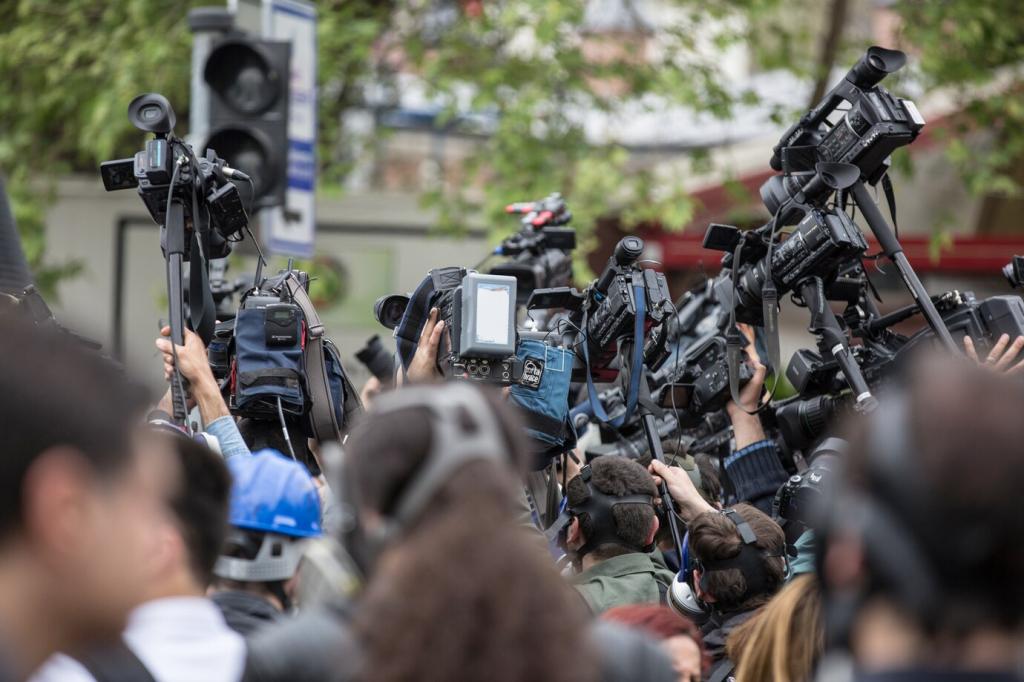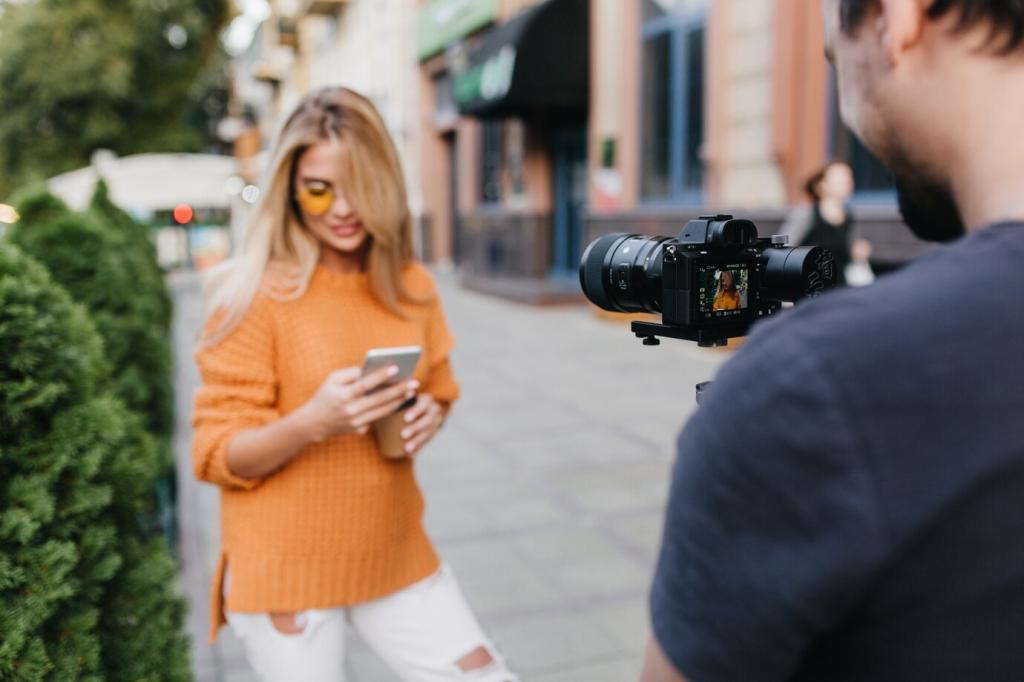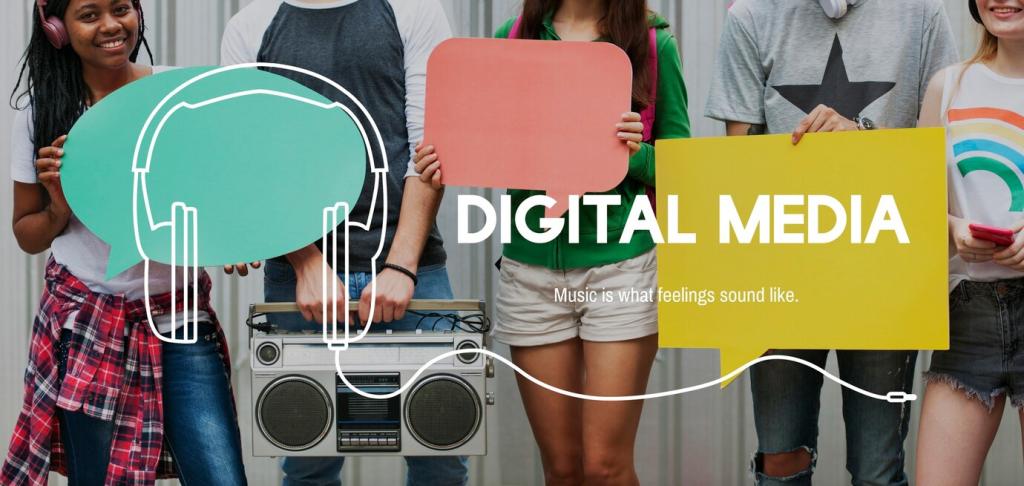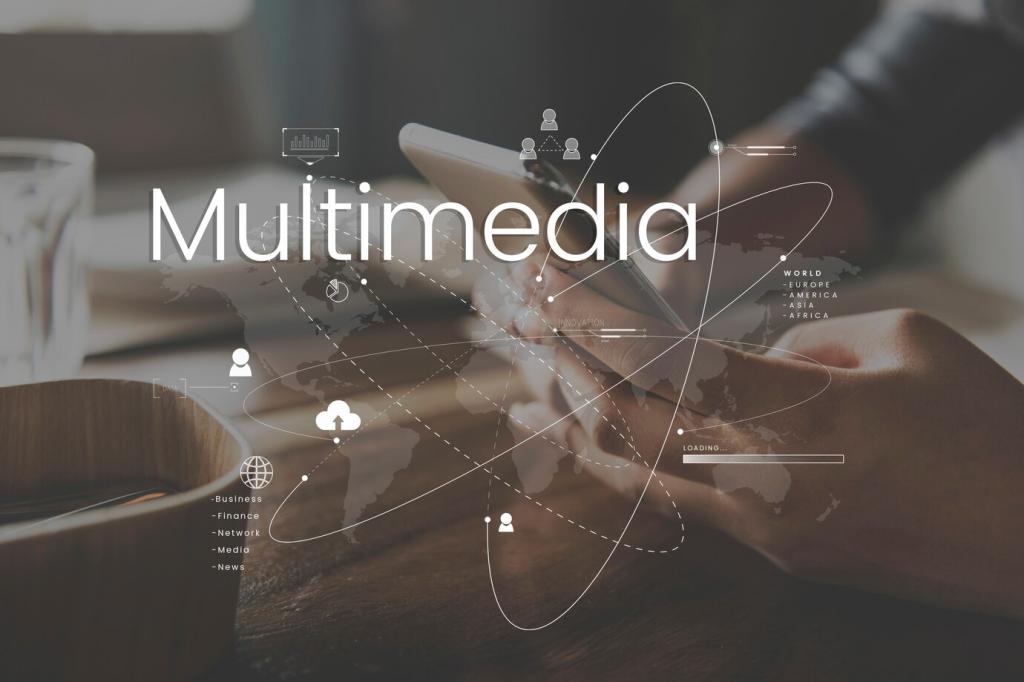Seeing Clearly: Media Bias in the Digital Age
Chosen theme: Media Bias in the Digital Age. Explore how algorithms, headlines, and our own habits shape what we believe online—and how to read smarter. Join the conversation in the comments, share examples you’ve noticed, and subscribe for future bias-busting deep dives.

Your feed is not a mirror; it is a menu curated by code. Algorithms prioritize engagement, which often favors outrage, novelty, and simplicity over nuance. Recognizing this helps you question why you are seeing a story now, and what equally important stories remain unseen.

A headline can tilt a narrative with a single verb; a cropped photo can shift sympathy with a single edge. Notice who is named, who is anonymized, what context is added, and what is missing. The digital age accelerates these choices, amplifying their impact across millions of screens.

When breaking news hits, speed becomes a magnet for mistakes. Early reports can rely on incomplete sources, speculative language, or recycled footage. Slow down, seek corroboration, and revisit stories a day later. Often, the most accurate version appears after the algorithmic rush fades.
Who Pays, Who Profits, Who Decides
A handful of conglomerates control much of modern media. Even without explicit directives, shared priorities influence coverage angles and resource allocation. Explore ownership maps, compare coverage across differently owned outlets, and ask how business models might color the stories you encounter.
Who Pays, Who Profits, Who Decides
Clicks and watch time convert into revenue, making attention the defining currency. Outrage and novelty outperform nuance, pulling editorial focus toward what spreads fastest. Ad-tech ecosystems reward virality, subtly nudging editorial agendas. Ask yourself: is this story informative—or simply engineered to hold me?
Who Pays, Who Profits, Who Decides
Branded content can resemble journalism in look and tone, blurring lines for readers. Labels may be small, subtle, or inconsistently applied. Pause to check disclosures, examine source links, and note persuasive tactics. Share tricky examples you find, and help others learn to spot them quickly.
Verification for the Rest of Us
Practice Lateral Reading
Open new tabs and look sideways—check what other reputable sources say about a claim or outlet. Read the About page, search for prior controversies, and look for independent confirmation. Lateral reading is a simple, powerful guardrail against polished misinformation dressed as expert analysis.
Check Images and Video
Run reverse image searches, look for telltale artifacts, and scan shadows, weather, and signage. Tools like InVID, tineye, or Google Lens help verify provenance. Miscaptioned photos drive viral narratives; a quick check can stop a misleading claim before it cements into belief.
Numbers Need Context
Statistics persuade, but denominators matter. Ask about sample size, time frames, and definitions. Poll results change when questions change; charts can exaggerate differences with truncated axes. Share how you’ve reinterpreted a viral graph after adding context—your curiosity can inspire more careful reading.




Inside the Newsroom: Tradeoffs and Transparency
On a chaotic election night, one editor recalls choosing a provocative headline that outpaced verification. It spiked traffic—and required a correction by morning. The regret was instructive: clicks are transient, trust is compounding. Ask outlets about their verification steps during high-pressure events.
